What could be better than a day spent driving a Porsche 911 GT3 on deserted English country roads?
Normally, I might struggle to answer that, because for at least the past 10 years, when there has been a GT3 in production, there has never been any problem naming my favourite car on sale. Today, however, the answer is as clear as the sparkling skies above our heads. What’s better than a GT3? Three GT3s.
Now that Porsche has revealed the new 992-generation 911 GT3, we've been looking back at previous generations to trace the model's lineage. This story was originally published in August 2015.
We have gathered immaculate, stock-standard versions of all three generations of 911 GT3 to answer a question that is not as simple as it sounds: which best defines Porsche’s vision of a lightweight, track-tuned yet street-sensible driving machine? It’s not simple, because cars don’t automatically improve from generation to generation.
Was the last Jaguar E-Type as good as the first? Not even close. Today’s BMW M3 Competition is far quicker than the original, but better? That’s at least open to debate. But is there really anything a modern GT3 can learn from its forebears? That’s what we’re here to find out.
The 991 generation, we know plenty about. We know about its 9000rpm redline and a dual-clutch automatic gearbox as good as any on the market.

We know how its four-wheel steering preserves the benefits of its extended wheelbase while mitigating its drawbacks. We know what an extraordinarily effective and usable weapon this is – how well it deploys its 469bhp, how easy it is to manage on unforgiving roads. We know about its five-star road test, too.


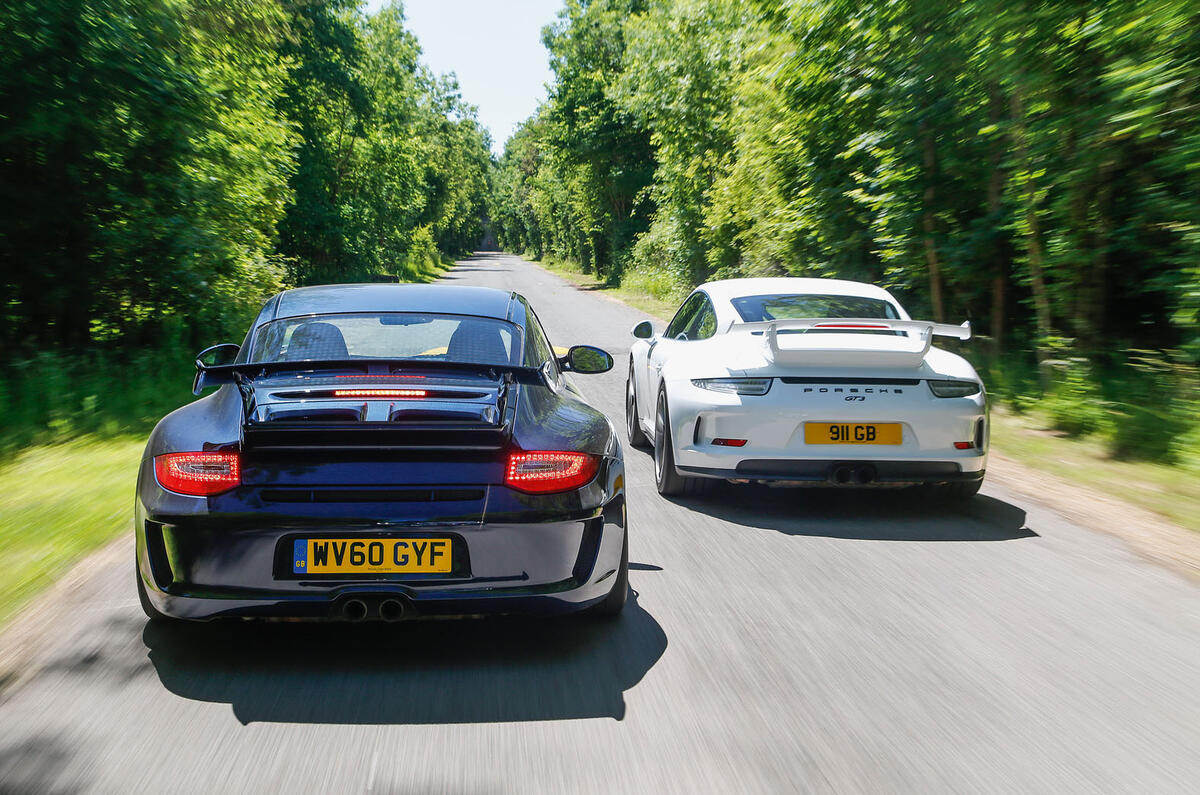
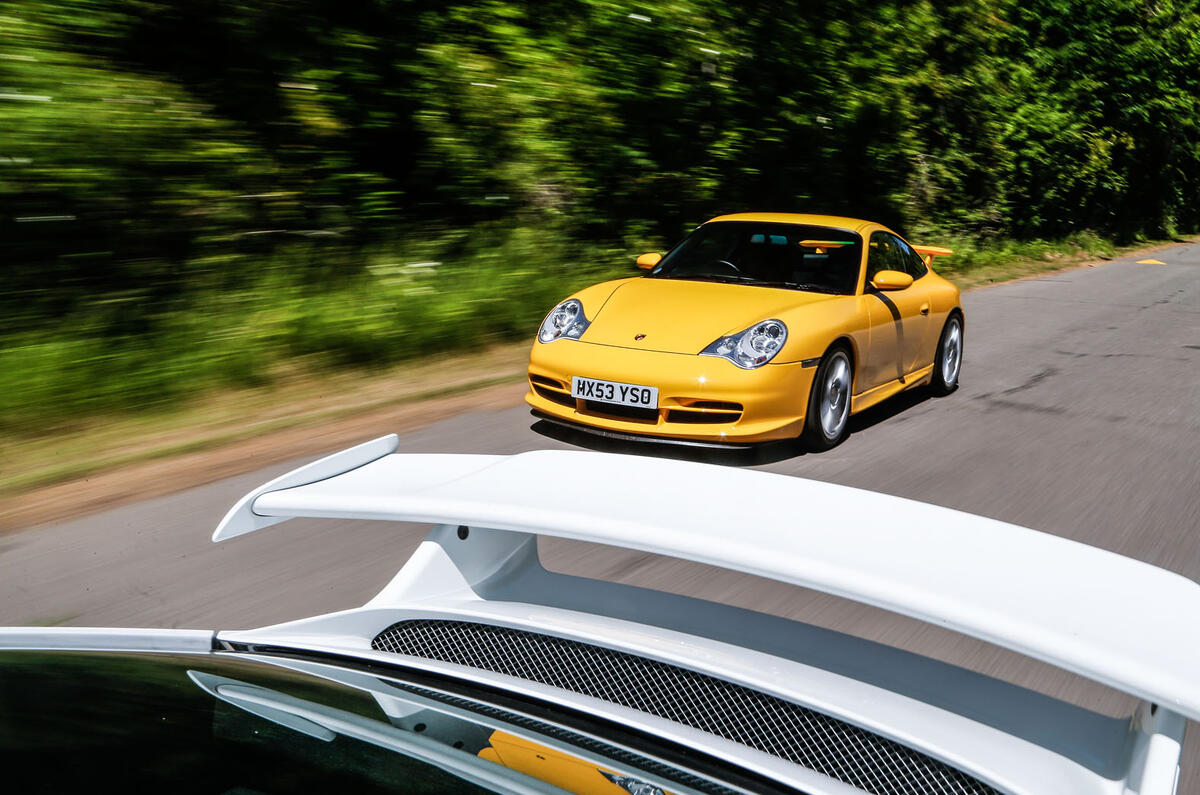

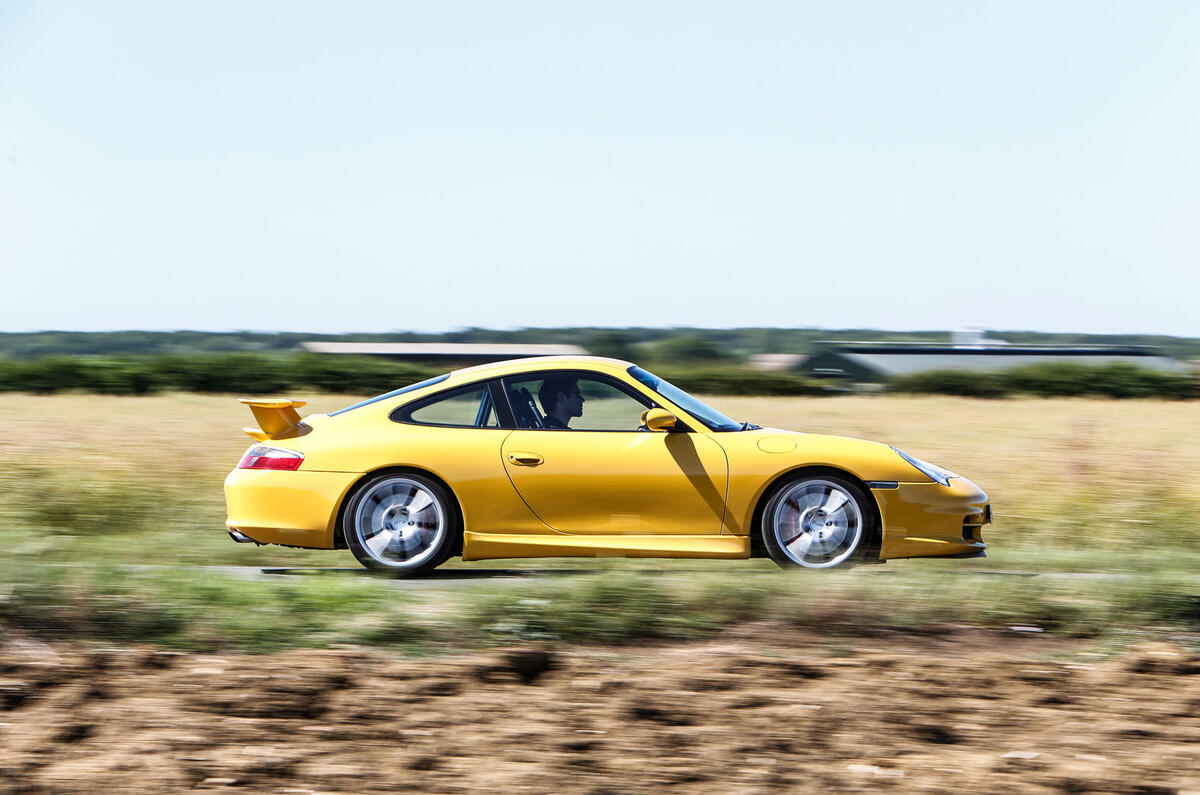
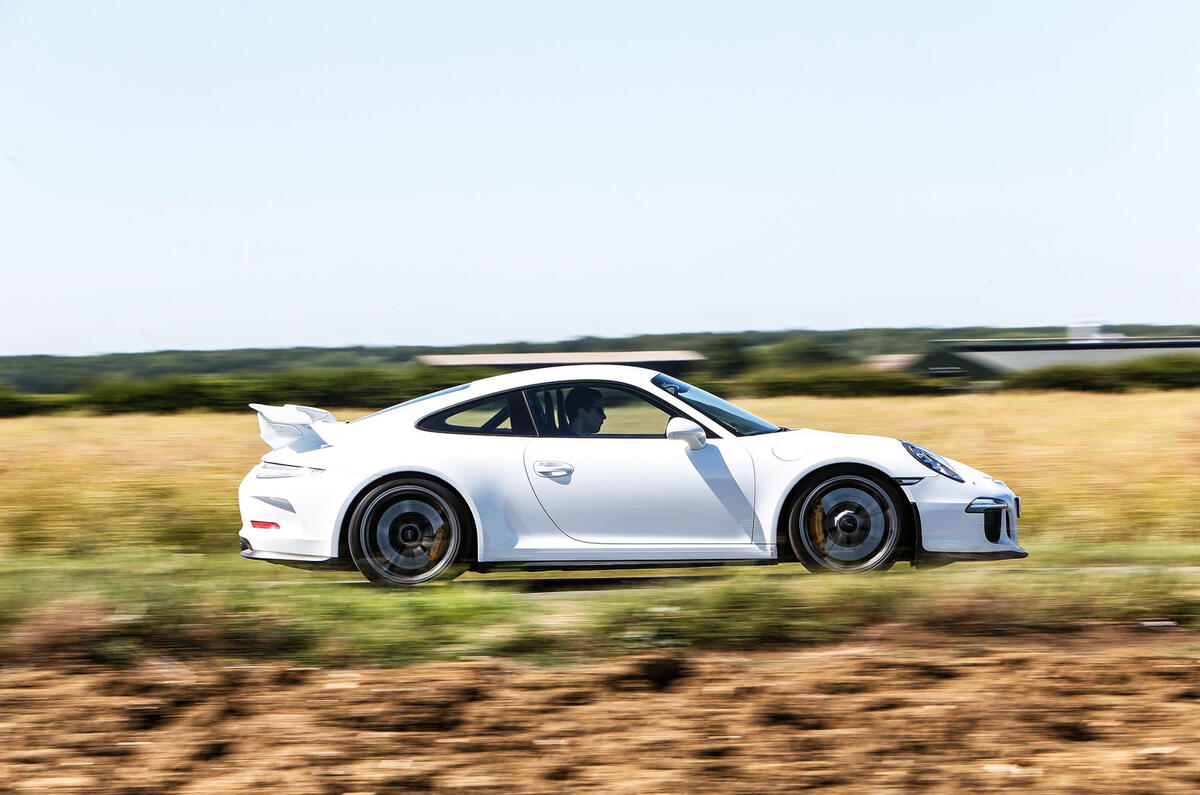
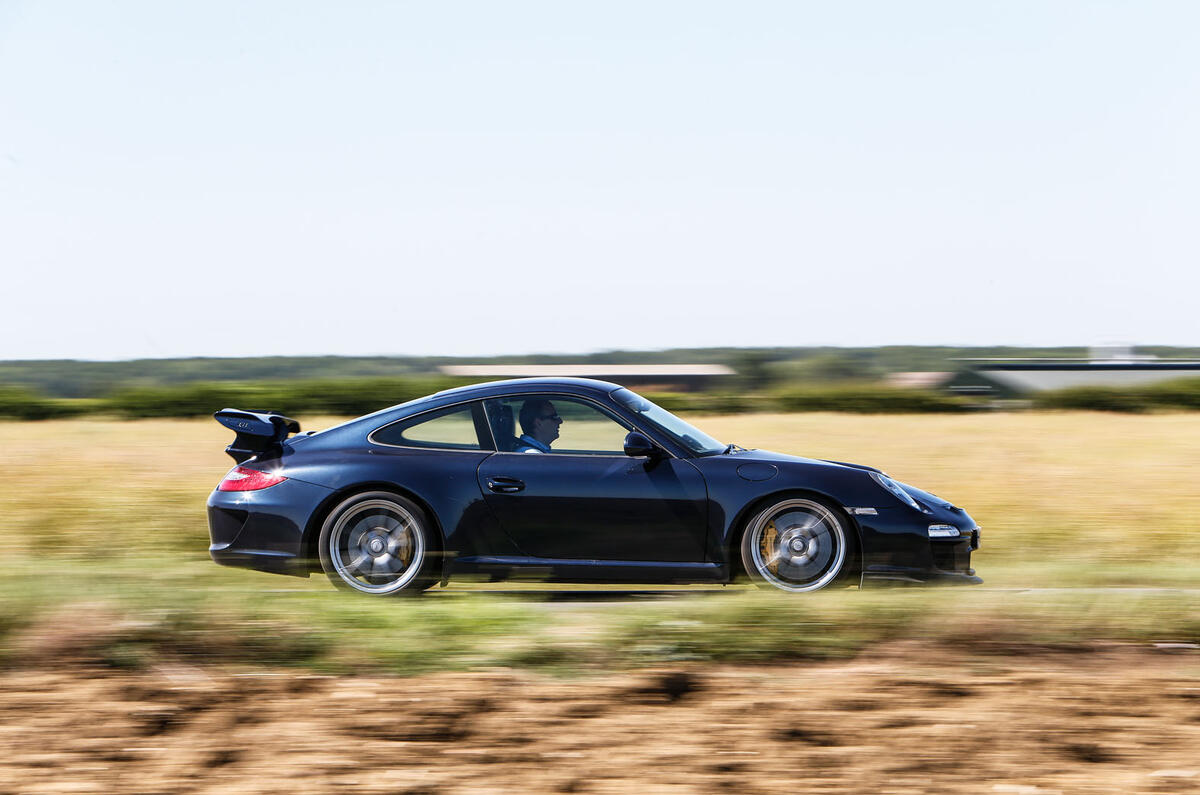
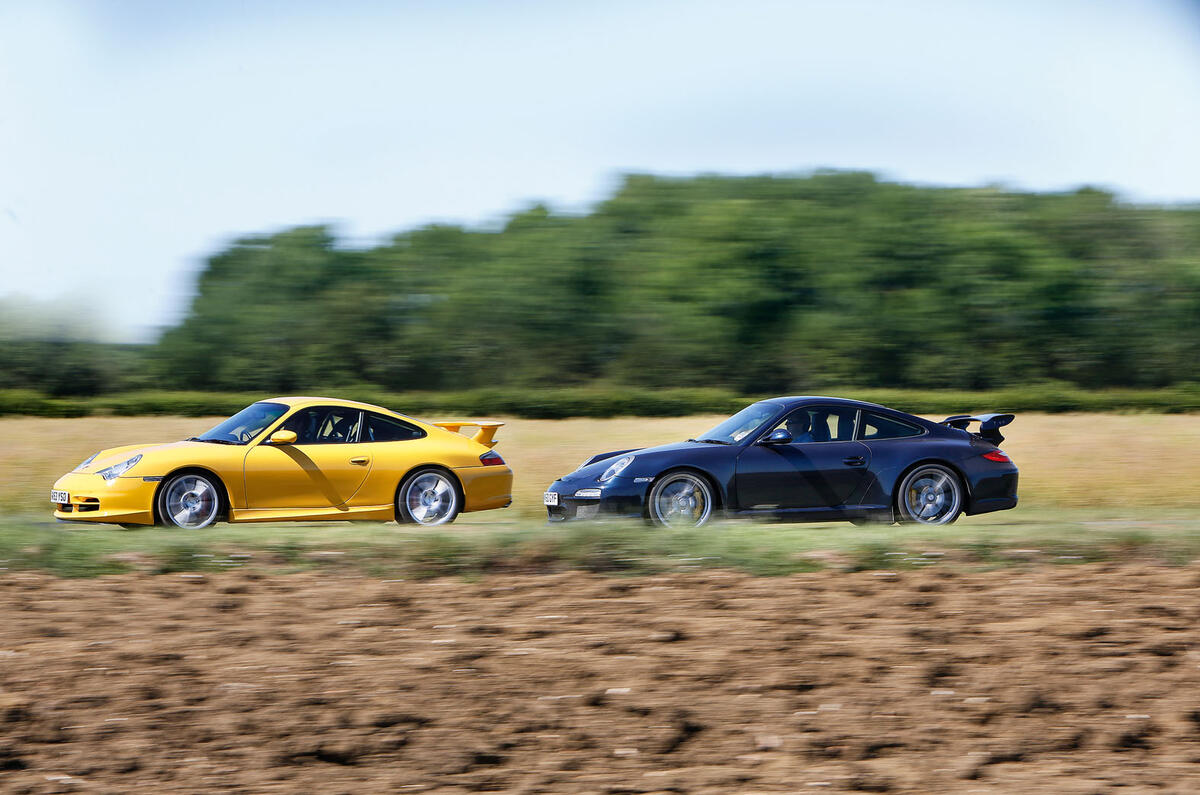
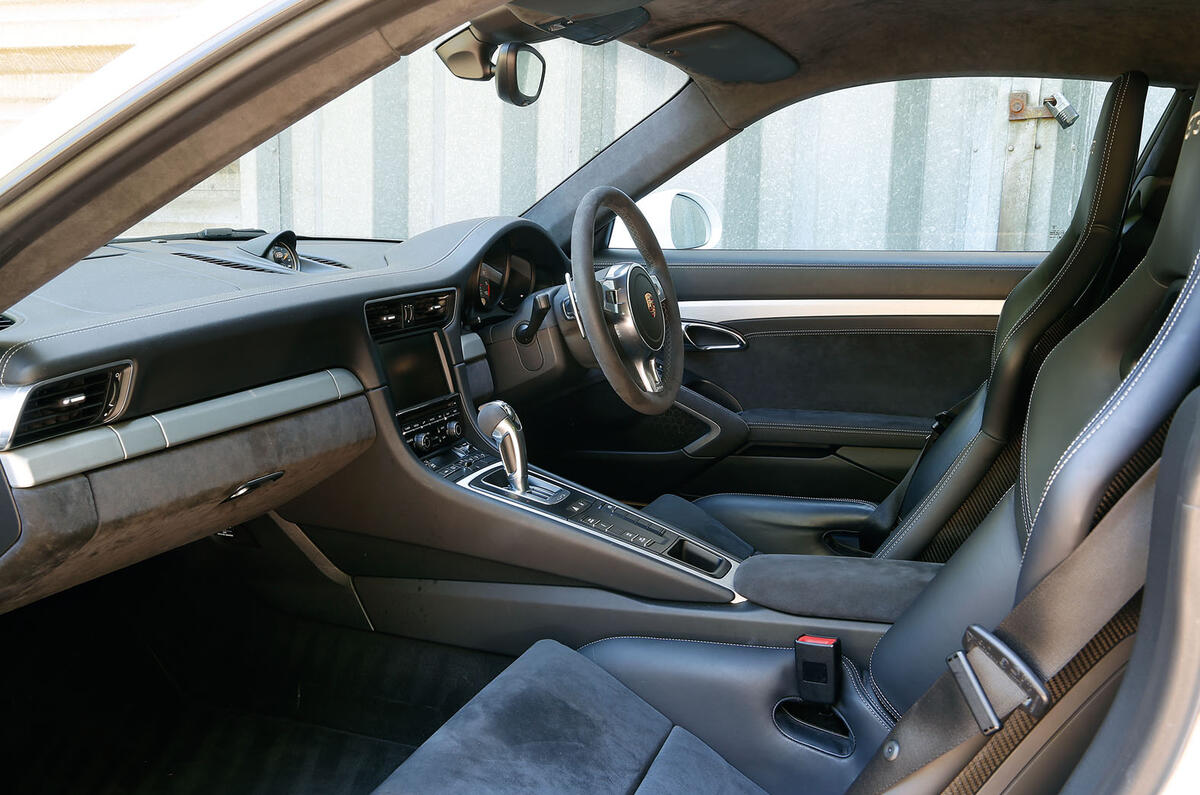

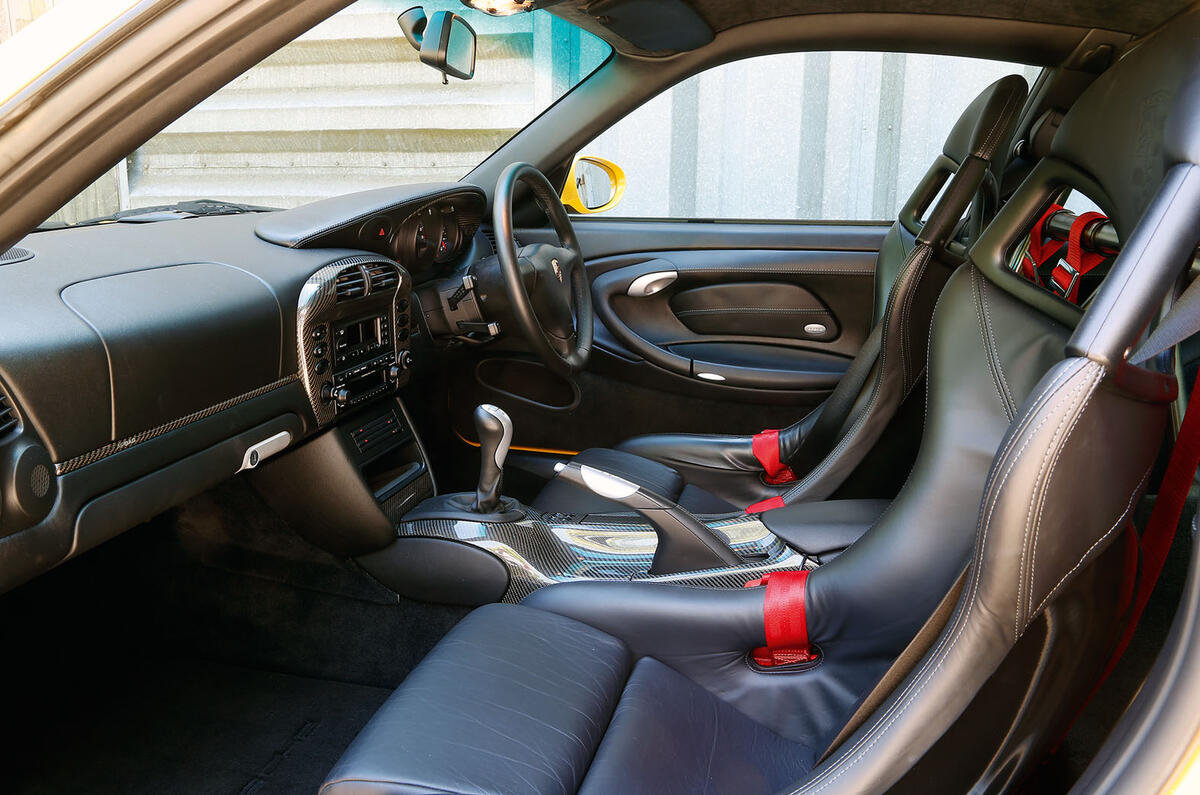
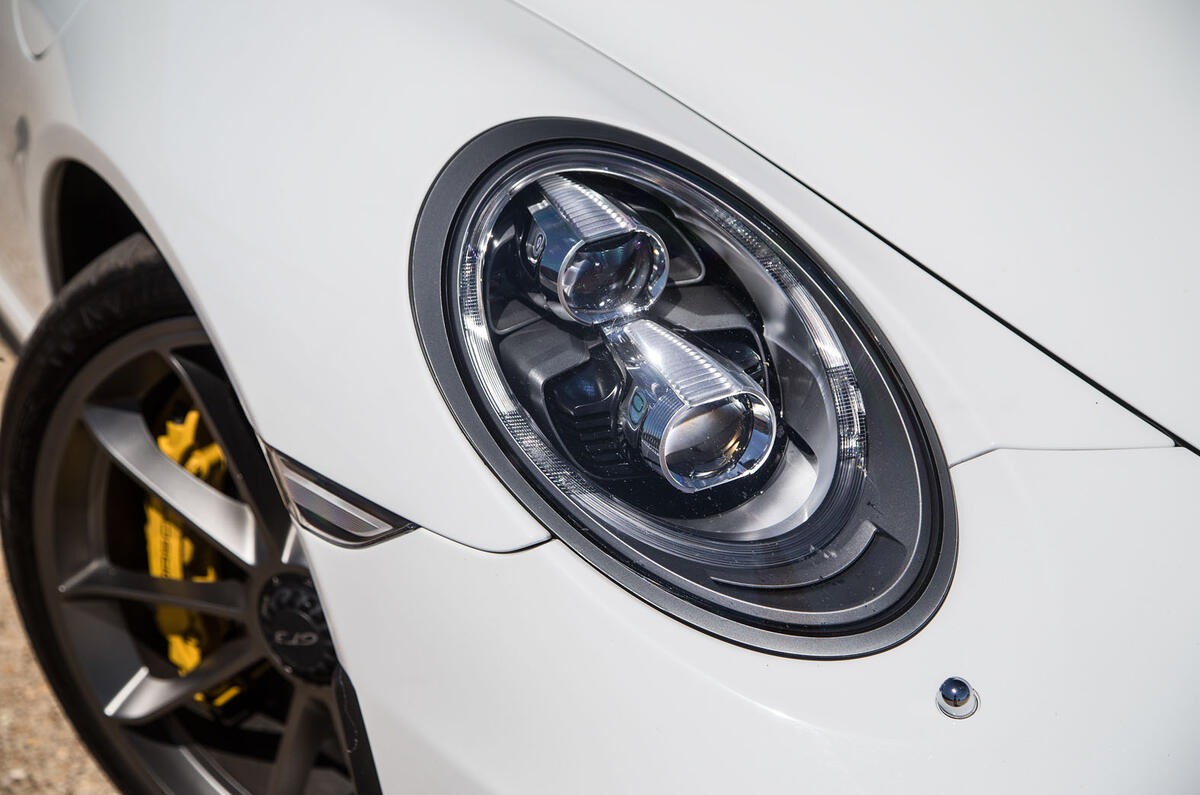
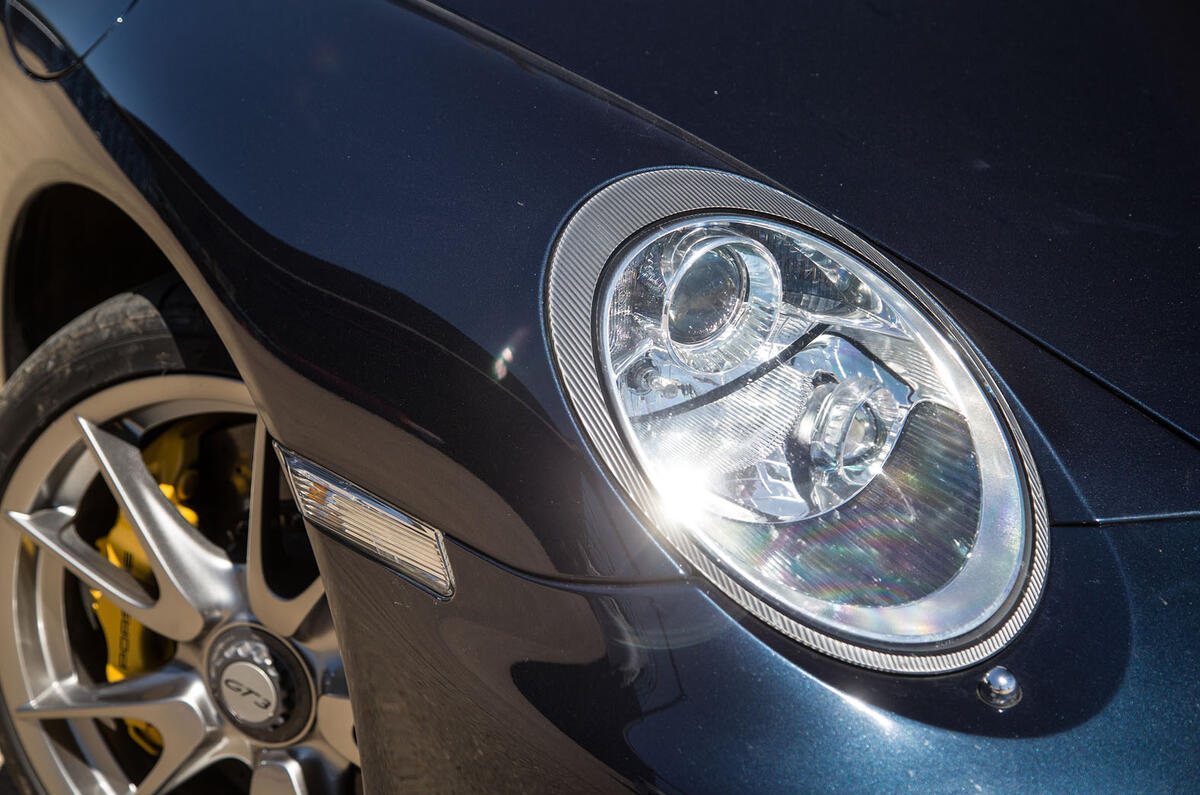
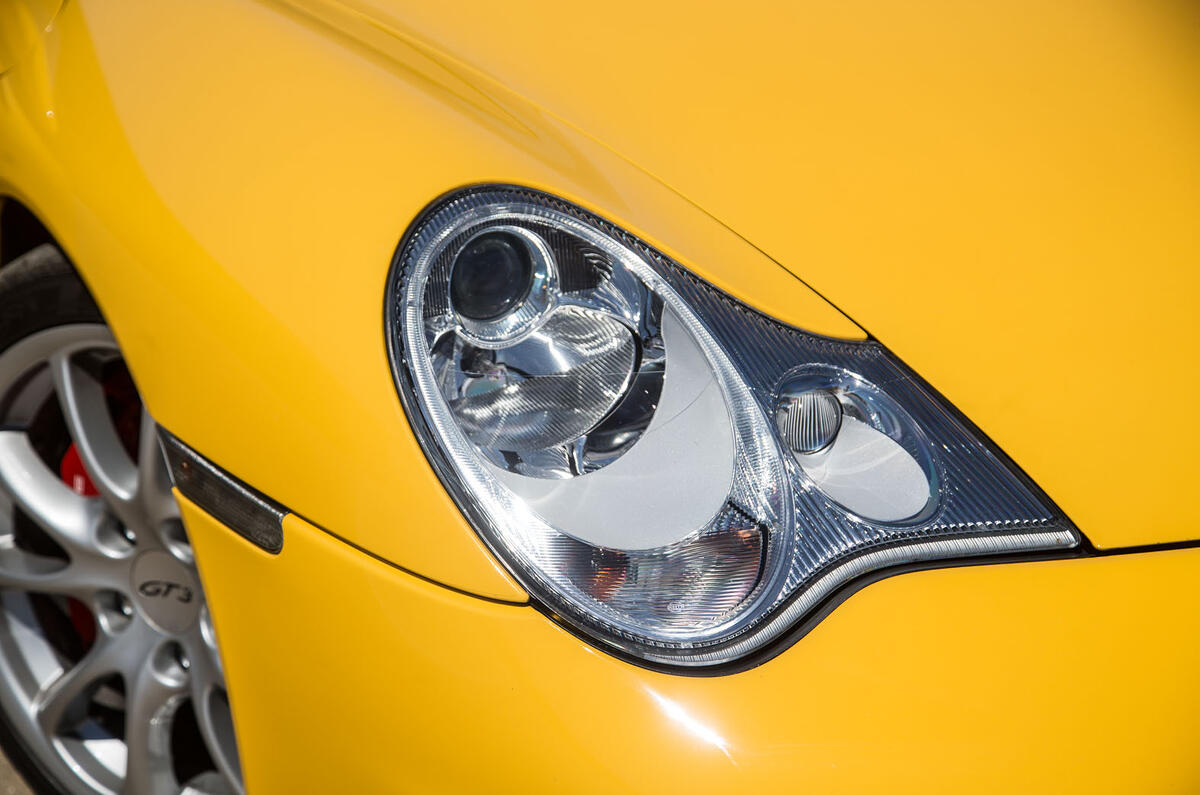
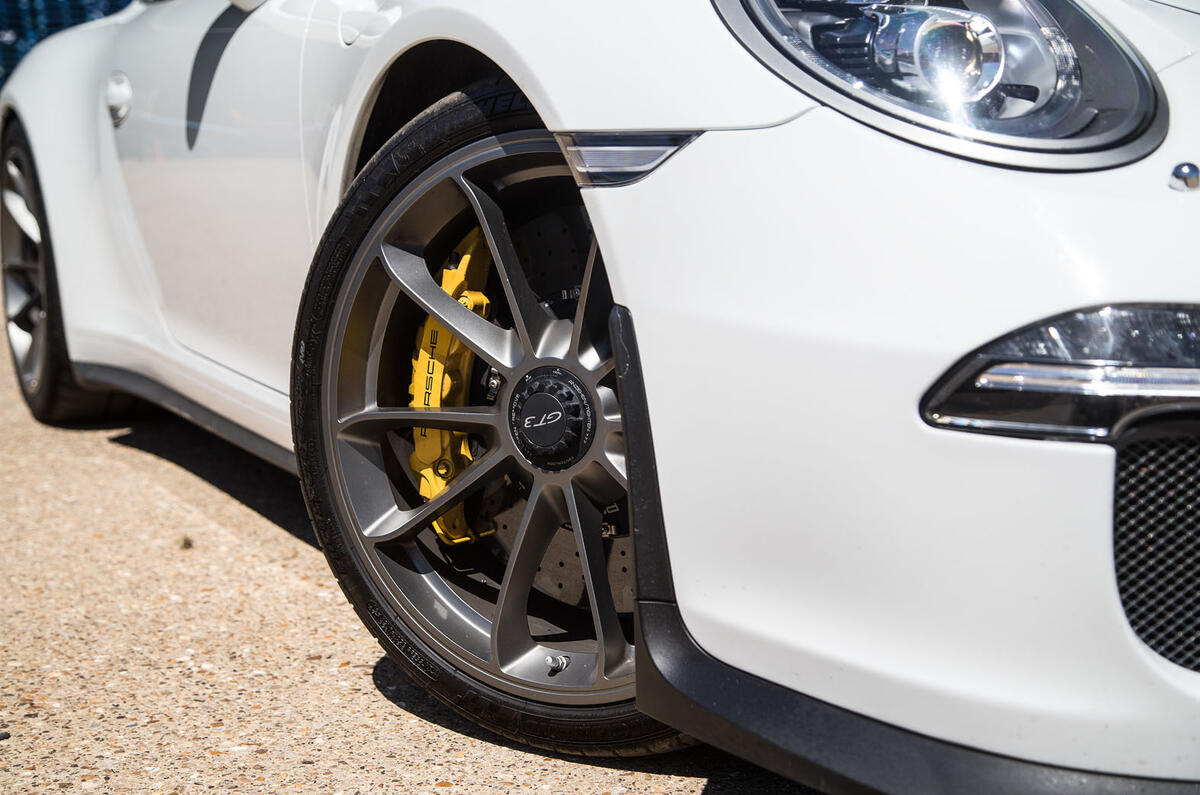
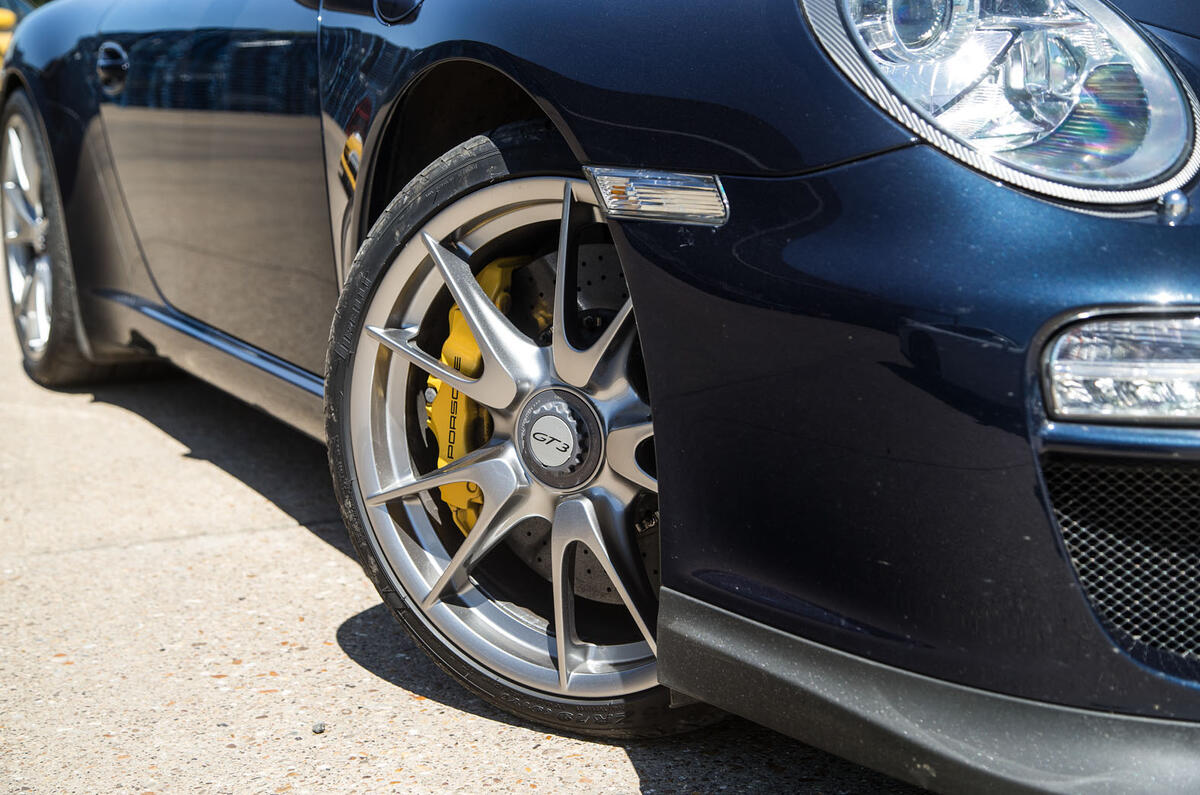
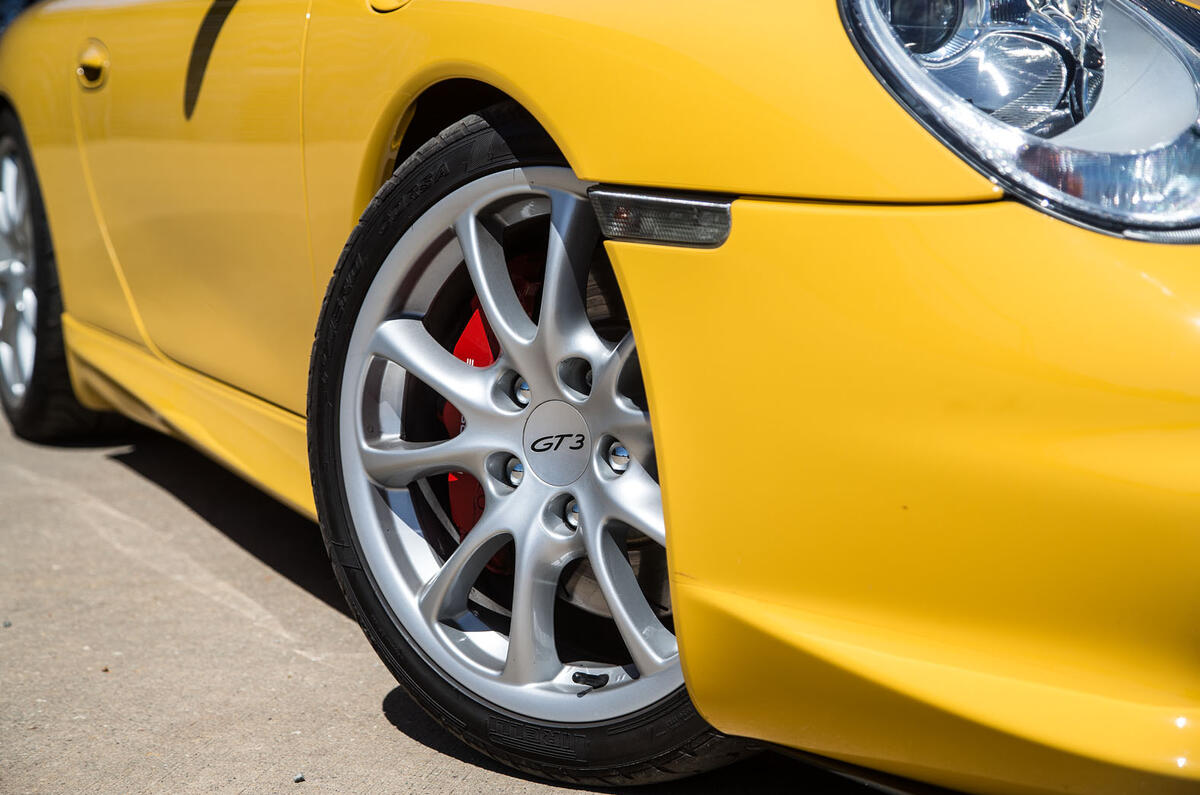
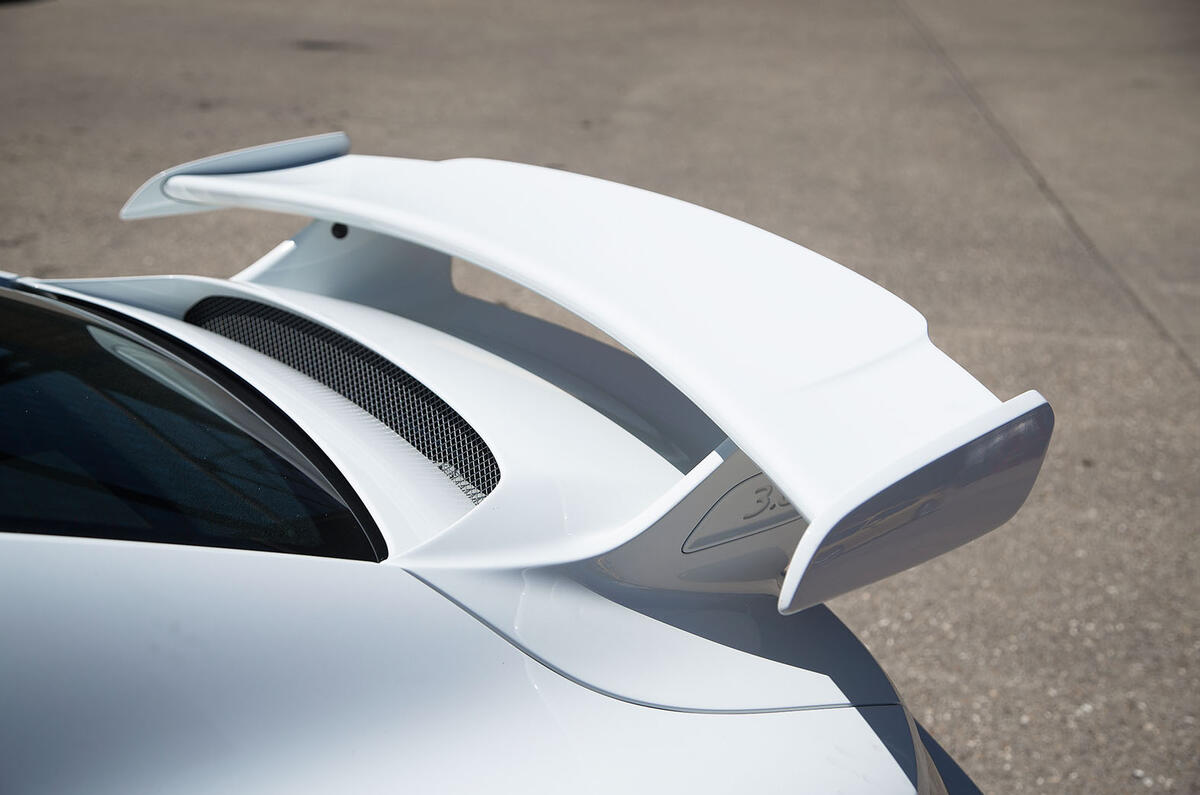
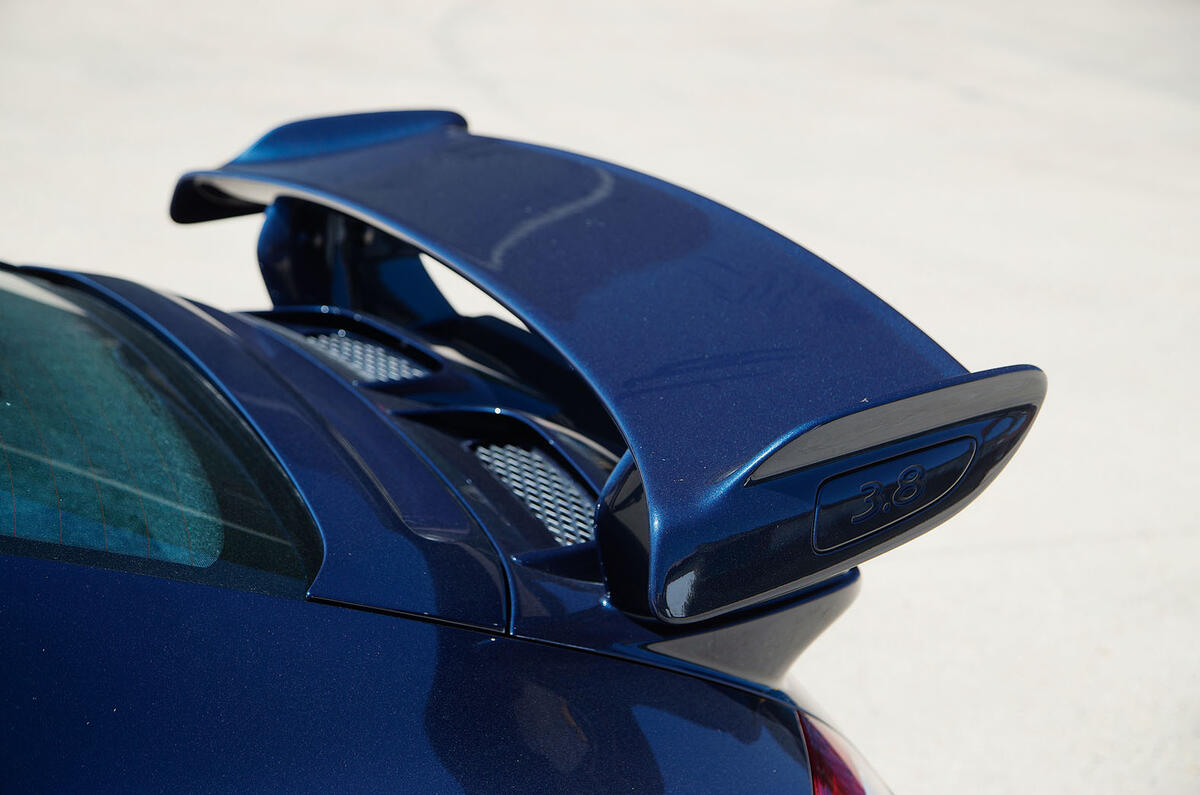











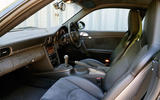
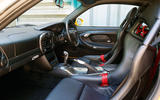
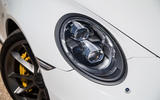

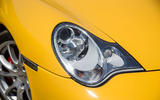



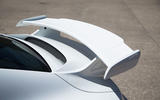




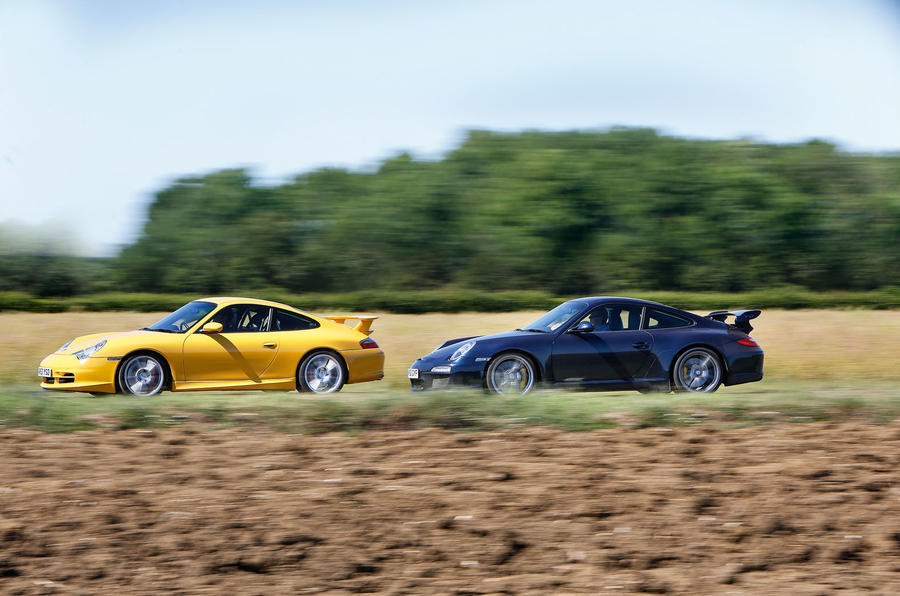
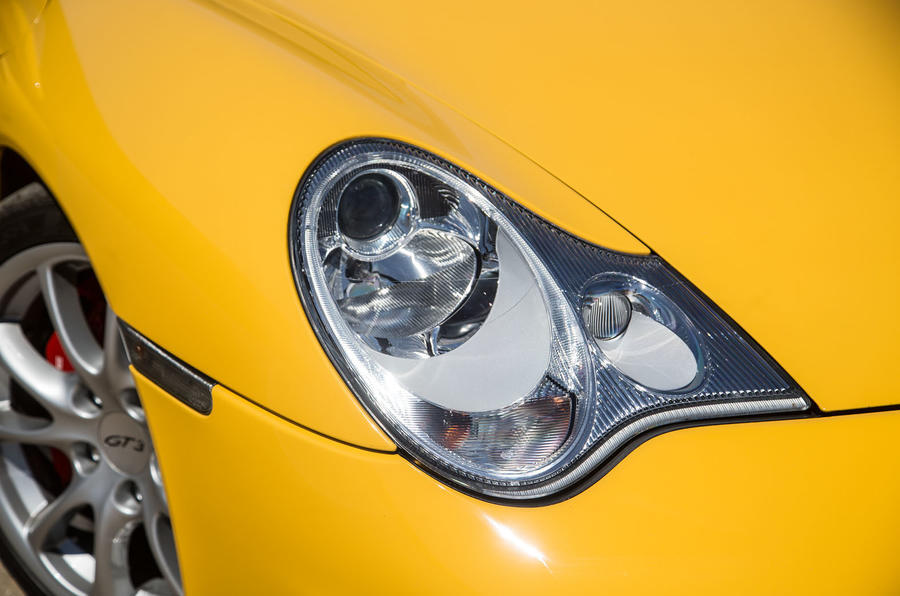
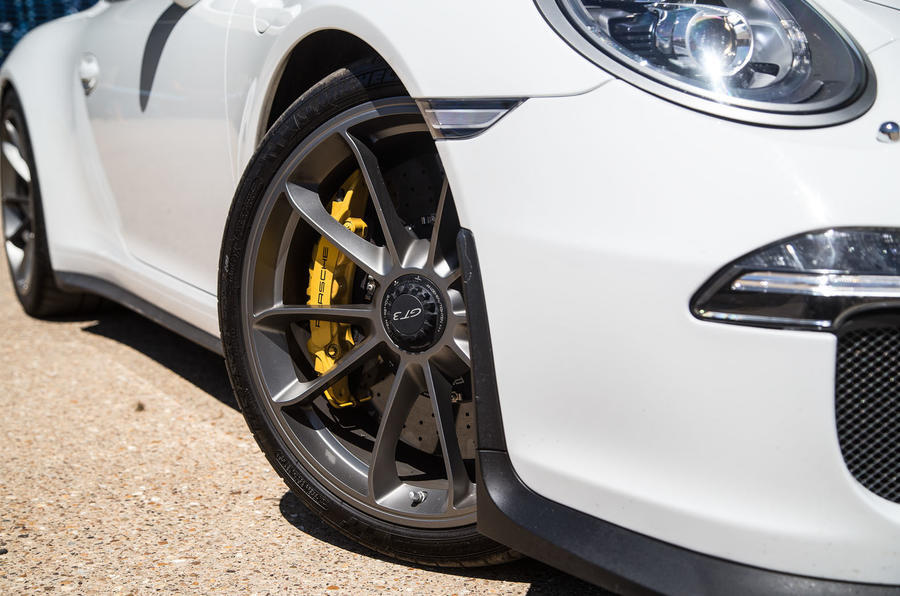

Join the debate
Add your comment
997 Please